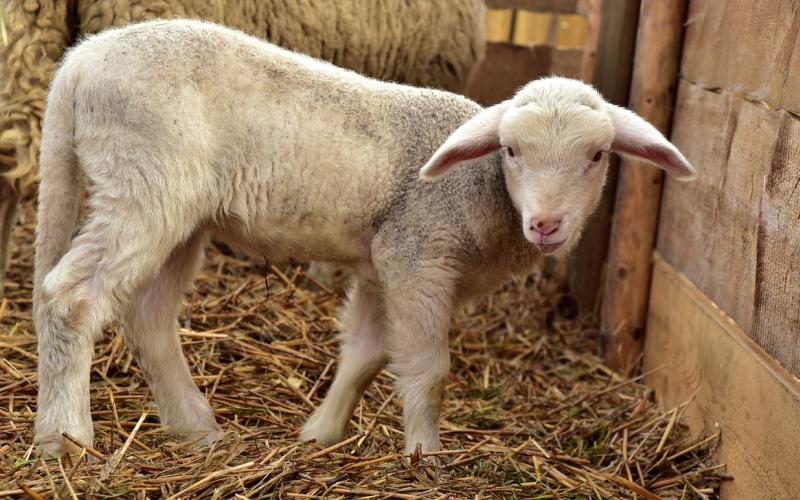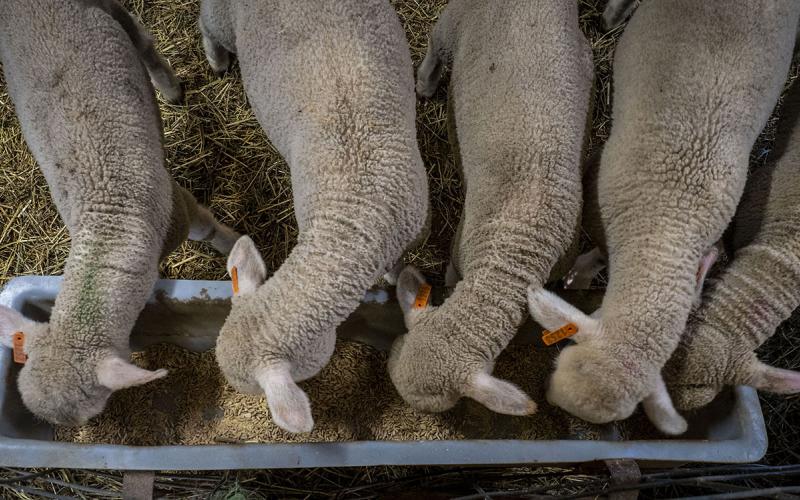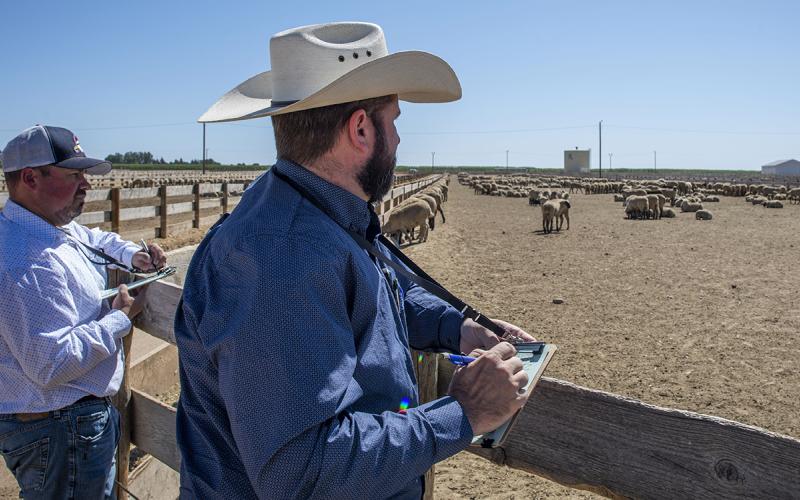This article was written by Megan Nielson, former 4-H Youth Livestock Field Specialist.
Everyone has heard the fairytale “Baa Baa Black Sheep Have You Any Wool?” but what about the double-coated California Red, the multi-colored Katahdin sheep with hair, or the East Friesian dairy ewe that produces over 1,100 pounds of milk a year? Sheep come in different shapes, sizes, and colors and all of them provide different functions and uses for producers. These can range from meat, wool, and milk production or a combination of characteristics. The American Sheep Industry Association recognizes 47 different breeds of sheep in the United States. These breeds are classified into six different breed types: meat, fine wool, long wool, dual purpose, hair, and minor breeds.
Breeds like Suffolks, Hampshires, Southdowns, and Cheviots are excellent examples of breeds that all look very different but are all classified as meat breeds (or ram breed category) because of their carcass composition and muscle shape along with their growth performance and size. Selection pressure for carcass attributes resulted in less focus of wool production thus these sheep have lower quality wool and receive lower premiums for their fleeces.
Fine wool sheep, like the Rambouillet or Merino, demand the highest price for their wool product. Fleeces from these sheep have small fiber diameter and soft feel which is ideal for making fine clothing. The Lincoln, Romney, and Border Leicester sheep, representing the long wool breeds, also have high demand for their wool among handspinners and crafters because of their long staple length. These two types of breeds have been selected over time for their fleece quality and fall in the ewe breed category.
Sheep that are dual purpose possess attributes of both ewe and ram breeds. Columbia, Corriedale, and Targhee sheep produce high yielding, heavy fleeces and raise lambs with growth and performance qualities. Dual purpose sheep like the Finnsheep and East Friesian are also prolific breeds known for their superior mothering abilities.
Hair breeds are hardy, have high heat and humidity tolerance, and adaptable to cold environments. Raised specifically for meat production, these sheep do not require shearing because they are woolless. The Dorper and Katahdin are the most recognizable of the hair breeds. Minor breeds like the Clun Forest, Jacob, or Shetland are not common in commercial sheep production. Many of the minor breeds are found on hobby farms and their meat and byproducts (milk or wool) are niche marketed.
There are many ways to classify sheep, whether it is by their wool quality or overall function. It is important to recognize the different breeds and their attributes to understand how the various breeds are used in today’s sheep production settings. Take some time to review these breeds and many more online using the American Sheep Industry Association website.


